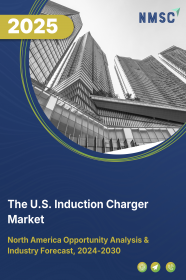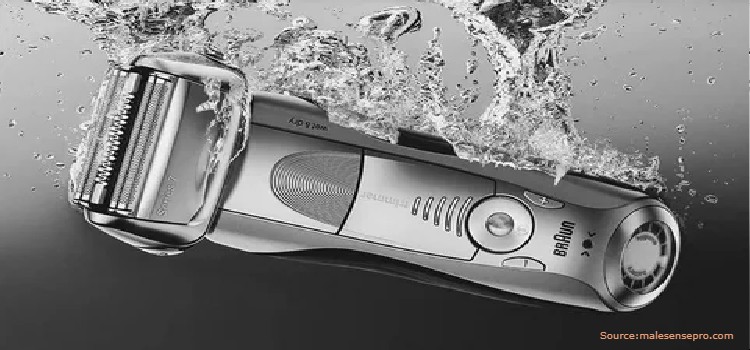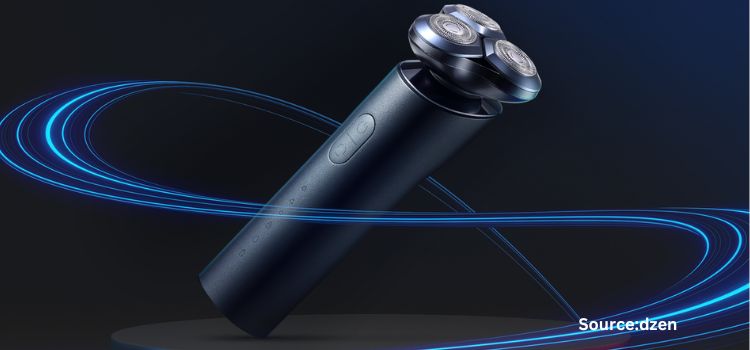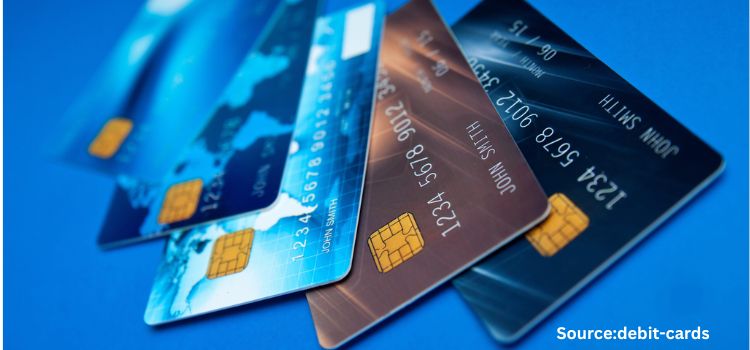
The U.S. Induction Charger Market by Power Output (5W to 15W, 16W to 30W, Above 30W), by Charging Standard (Qi Standard, AirFuel), and by Distribution Channel (E-Commerce or Online and Offline) – Opportunity Analysis and Industry Forecast 2024–2030
Industry: Retail and Consumer | Publish Date: 16-Apr-2025 | No of Pages: 100 | No. of Tables: 70 | No. of Figures: 35 | Format: PDF | Report Code : RC1278
US Tariff Impact on The U.S. Induction Charger Market
Trump Tariffs Are Reshaping Global Business
Market Definition
The U.S. Induction Charger Market was valued at USD 59.70 million in 2023, and is predicted to reach USD 207.5 million by 2030, with a CAGR of 18.8% from 2024 to 2030.
The induction charger industry, part of the wider consumer electronics sector, is undergoing swift evolution and gaining recognition on the global technology front. This field is dedicated to advancing and spreading wireless charging technology, a method that enables the transmission of electrical power without relying on physical connectors or cables.
Fundamentally, the technology behind induction chargers is grounded in electromagnetic induction, employing an electromagnetic field to facilitate the transfer of energy between two objects – typically a charging pad and a compatible device.
Growing Adoption of Smartphones and Electronic Devices fuels Induction Chargers Market Growth
In the US market, inductive smartphone charging has garnered substantial popularity, with leading companies such as Apple Inc., Belkin, and Hyper, among others, operating nationwide. The widespread adoption of the Qi standard has resulted in many smartphones being equipped with inductive charging capabilities.
This technology has seen widespread acceptance due to its convenience, allowing users to charge their devices without plugging in cables. Recently, Belkin revealed eight innovative products at Internationale Funkausstellung (IFA), featuring wireless charging pads, USB-C chargers, a Thunderbolt 4 hub, and specialized headsets. Available at various times on belkin.com and select retailers globally, these offerings prioritize eco-friendly construction using post-consumer recycled plastics. This move may influence the wireless charger industry, prompting a trend towards more environmentally conscious production methods in the induction charger market.
In addition, introducing the iPhone 15 and 15 Pro featuring the Qi2 magnetic wireless charging standard is a significant market driver for the induction charger industry. Qi2 represents an enhancement to the established Qi wireless charging standard by incorporating a ring of magnets designed to ensure precise alignment of charging coils during the charging process, akin to the MagSafe technology.
Rapid Expansion of Wireless Charging Hubs in the U.S. Public Spaces Boosts Induction Charger Popularity
The rapid integration of wireless charging infrastructure across prominent public spaces in the U.S., including cafes, airports, and high-traffic areas, signifies a transformative shift in charging accessibility. This widespread deployment has significantly elevated the practicality of induction chargers, providing users with convenient charging solutions in their daily environments.
The ubiquity of charging options in these public spaces not only enhances user convenience but also contributes to the growing appeal and acceptance of induction chargers among consumers. This strategic expansion of charging infrastructure plays a pivotal role in propelling the overall market growth as it aligns with the evolving needs and expectations of tech-savvy individuals seeking seamless charging experiences on the go.
The Standardization of Wired Chargers in the U.S. Hinders the Growth of the Induction Charger Market
The extensive embrace of USB Type-C connectors in wired chargers poses a considerable obstacle to the induction charger market. This standardization ensures compatibility with a wide range of devices, establishing USB Type-C as a convenient and adaptable charging solution. Its rapid charging capabilities, often surpassing those of many wireless chargers, enhance its allure, especially for users prioritizing swift charging experiences.
Introduction of Qi v2.0 Standard for Wireless Charging Creates Ample Opportunity
The launch of Qi v2.0, the latest wireless charging standard, is poised to impact the induction charger industry significantly. Offering enhanced features such as magnetic attachment, improved charging speed, higher efficiency, and greater convenience, Qi v2.0 is set to elevate user experiences.
With the first Qi v2.0 certified devices, including Apple's iPhone 15 series and various power transmitters, expected to hit the market during Christmas, significant manufacturers, including Belkin, Mophie, Anker, and Aircharge, are gearing up with compatible products. Over 100 devices are already undergoing testing or certification for Qi v2.0.
This new standard is expected to unify the wireless charging industry, promoting smoother, faster charging and broader interoperability. As Qi v2.0 becomes the global benchmark for wireless charging, its adoption will likely simplify the market and enhance universal compatibility, driving growth in the induction charger sector as more consumers move towards Qi v2.0 compatible charging solutions.
Competitive Landscape
The U.S. Induction Charger industry includes several market players such as Samsung Electronics Co. Ltd., Apple Inc, Anker Innovations Technology Co. Ltd., Belkin International, Inc., Xiaomi Corporation, Huawei Technologies, ASUSTeK Computer Inc., ZAGG INC., Energizer Holdings, Inc., and Aukey Corporation Limited.
U.S. Induction Charger Market Key Segments
By Power Output
-
5W to 15W
-
16W to 30W
-
Above 30W
By Charging Standard
-
Qi Standard
-
AirFuel
By Distribution Channel
-
E-Commerce or Online
-
Offline
REPORT SCOPE AND SEGMENTATION:
|
Parameters |
Details |
|
Market Size in 2023 |
USD 59.70 Million |
|
Revenue Forecast in 2030 |
USD 207.5 Million |
|
Growth Rate |
CAGR of 18.8% from 2024 to 2030 |
|
Analysis Period |
2023–2030 |
|
Base Year Considered |
2023 |
|
Forecast Period |
2024–2030 |
|
Market Size Estimation |
Million (USD) |
|
Growth Factors |
|
|
Companies Profiled |
10 |
|
Market Share |
Available for 10 companies |
|
Customization Scope |
Free customization (equivalent up to 80 working hours of analysts) after purchase. Addition or alteration to country, regional, and segment scope. |
|
Pricing and Purchase Options |
Avail customized purchase options to meet your exact research needs. |
KEY PLAYERS
-
Samsung Electronics Co. Ltd.
-
Apple Inc
-
Anker Innovations Technology Co. Ltd.
-
Belkin International, Inc.
-
Xiaomi Corporation
-
Huawei Technologies
-
ASUSTeK Computer Inc.
-
ZAGG INC.
-
Energizer Holdings, Inc.
-
Aukey Corporation Limited.

















 Speak to Our Analyst
Speak to Our Analyst





















